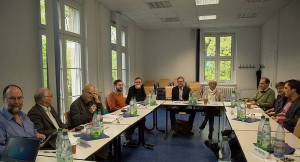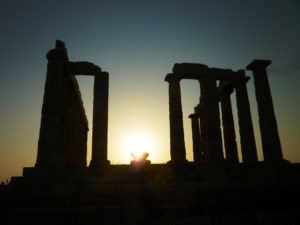Activities
Scoping Workshop ‘Defining Sanctuaries’
A scoping workshop was held at the Max Weber Kolleg in Erfurt on 27th-28th April 2015 on the theme of defining sanctuaries. Our discussion was led by four experts each approaching the subject from a different disciplinary perspective.
Conference 8-10 April 2019
Sanctuaries and Experience: Knowledge, Practice and Space in the Ancient World
Institute of Classical Studies, Senate House, London
Ilaria Bultrighini’s Research Project
My research as part of the Sanctuary Project originates from my interest in the social and religious life of ancient Athens, which focuses on the role of the polis’ non-urban components in shaping its history as a whole. It explores religious exchanges between Athens, especially its chora (countryside, non-urban territory), and other regions of the ancient Greek world. More specifically, it examines two different but complementary aspects of Athenian interaction with other regions through cult: Athenian engagement with cults elsewhere, and the introduction of foreign cults into Attica. In this context sanctuaries play a central role as meeting places for various communities and as spaces where these groups performed rituals and experienced the divine, an experience which would form the basis for subsequent re-elaborations and re-enactments of cult activities in sanctuaries within the territories of the various communities involved.
Camilla Norman’s Research Project
Our understanding of the religious identities and practices of the indigenous populations of much of pre-Roman Italy is poor. This is especially true of the south, where prior to Hellenic influence indigenous populations did not (with a few notable exceptions) worship in purpose-built environments, nor use idols, votives and other such cultic paraphernalia readily recognizable in the archaeological remains. Ritual activity took place in and around springs, caves, groves and hilltops, and probably in the homes of clan and kinship group leaders; it was likely embodied as much in everyday activities as through orchestrated ceremonies.



